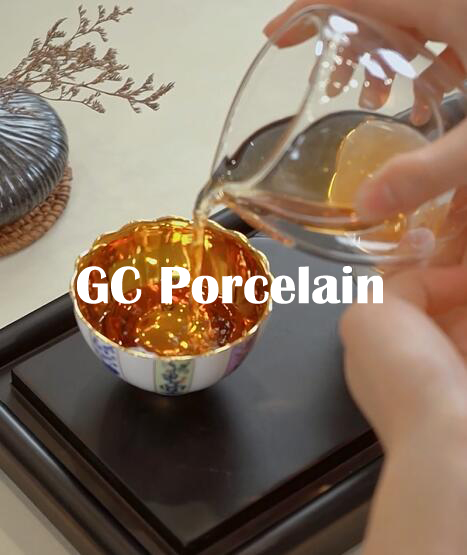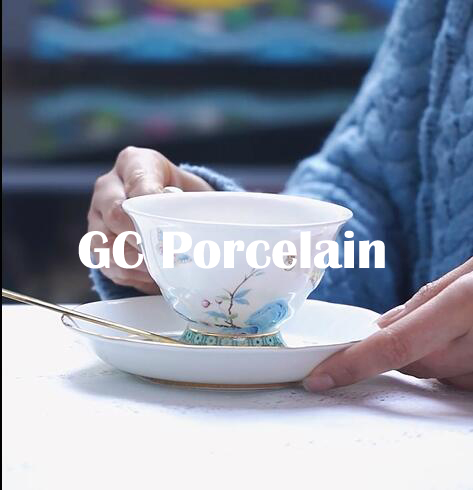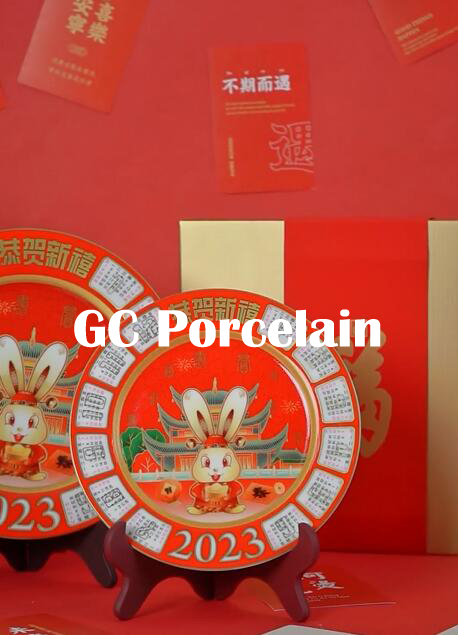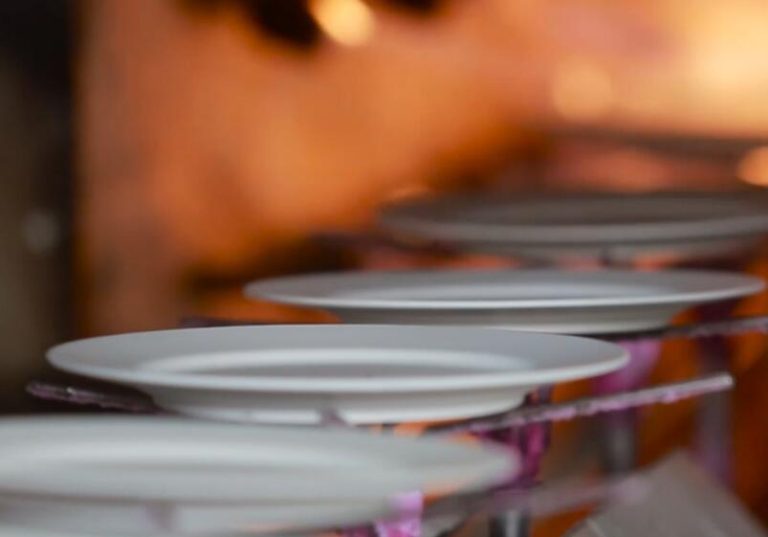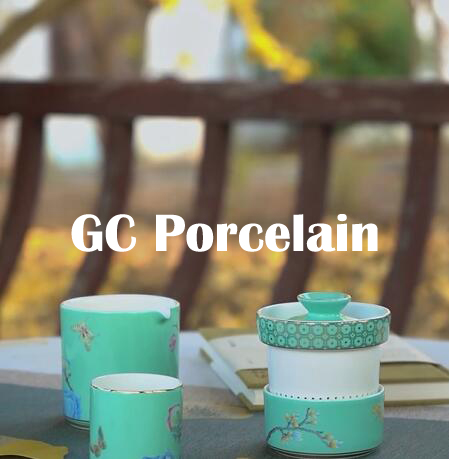Overview of processing methods for ceramic materials
Ceramic raw materials can usually be divided into billet raw materials and glaze raw materials, raw material consumption in ceramic production in the billet raw material consumption is about 7 to 12 times the glaze raw materials, so billet raw material ownership, quality and requirements of the processing conditions of the ceramic kiln (factory) plays an important role. Ceramic raw materials are mainly clay, feldspar, quartz and other natural rocks.
Pottery and porcelain in appearance and internal quality, although there are differences, but the same principle of manufacturing, production process is basically the same, combined: billet preparation, molding, drying, glazing (can not be glazed), firing and decoration (can not be decorated) 6 process. Each process can be divided into a dry process.
Billet preparation (see ceramic raw materials) mainly includes the purification of raw materials, ingredients, crushing and clay production processes. Because the impurity content of natural mineral raw materials fluctuates greatly, it is often necessary to use selection, washing, and strong magnetic iron removal methods to make the purification of the material to ensure that the uniformity of the ingredients and to meet the pre-determined composition requirements. Raw materials in proportion with, after crushing ﹑ watering, if too much water, to remove excess water through the press, but also to exclude the folder into the air bubbles and make the moisture in the blanks uniform, in order to improve the plasticity. Generally can utilize the aging, kneading and vacuum practice mud and other methods. Among them, the vacuum mud effect is good, high efficiency.
Ceramics are mainly molded by plastic and grouting methods. Wet pressing and isostatic pressure are also used. Plastic molding can be divided into spinning, rolling, printing, carving and the older method of pulling. The choice of these methods depends on the shape of the object (e.g. flat or concave), the quality requirements of the blank (e.g. size of the densities) and the production efficiency.
Ceramics are mainly molded by the plastic and grouting methods. Wet pressing and isostatic pressing are also used. Plastic molding can be divided into spinning, rolling, printing, carving and the older method of drawing. The choice of these methods depends on the shape of the object (e.g. flat or deep concave), the quality requirements of the blank (e.g. the size of the density) and the efficiency of the production.
Ceramic ware shape design not only to meet the artistic effect and practical value of the product, but also need to consider the requirements of the production technology. Therefore, the designers have a higher aesthetic quality at the same time, but also need to be familiar with the production process and the nature of the craft materials. For example, if the curved part of the shape is designed with a 90° bend, cracks will easily appear during drying and firing. In addition, the design of the shape should be combined with the requirements of use, and consider minimizing the loss caused by washing, storage, packaging, transportation and other factors.
Ceramic ware design should not only meet the artistic effect and practical value of the product, but also need to consider the requirements of the production technology. Therefore, the designers have a higher aesthetic quality, but also need to be familiar with the production process and the nature of the craft materials. For example, if the curved part of the shape is designed with a 90° bend, cracks will easily appear during drying and firing. In addition, the design of the shape should be integrated with the requirements of use, and consideration should be given to minimizing the losses caused by washing, storage, packaging, transportation, and so on.
Ceramic firing is a key process in the production of ceramics. Firing must develop the correct temperature system (including heating speed, maximum temperature, holding time, cooling speed, etc.) and atmosphere system (including oxidation, reduction and neutral atmosphere temperature range and intensity). The formulation of these systems should be based on the billet in the process of temperature change in the physical and chemical changes, while also taking into account the form of the kiln, structure and kiln methods and other effects.
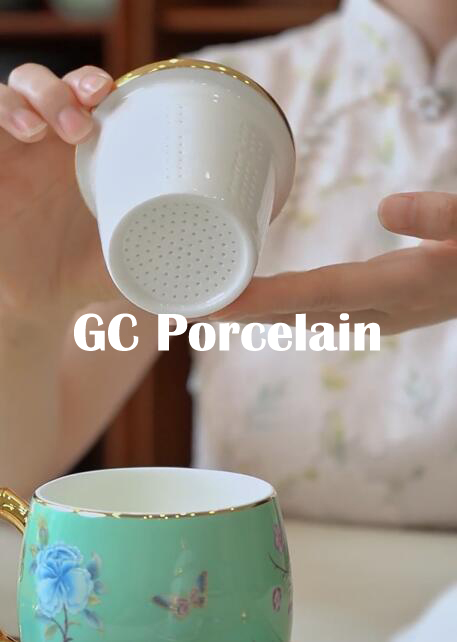
Main raw materials for ceramic blanks
Clays
Clay is a mixture of water aluminum silicate minerals in fine particles, it has plasticity after wetting, has a certain rigidity after drying, and becomes a hard block with a certain strength after burning at a fairly high temperature. It includes kaolin, bentonite, polyhydric kaolin. Elysium and ceramic stone.
Clay is by feldspar or feldspar-containing rocks in a certain geological conditions under the action of weathering and decomposition and generation, this geological conditions are mainly feldspar or granite by groundwater, ice and snow cold, carbonic acid in the air and other effects of weathering, may be metamorphic action. By the feldspar weathering retained in the original place of the clay, known as the first clay; by the feldspar weathering and into the wind, floods, etc. washed into the low-lying clay is called the second clay. Most of the clay in the south of our country belongs to the first clay, the northern clay is mostly in the second clay.
Pure clay is white, but the long geological weathering process of various impurities will be eroded into the clay, which in turn makes the clay show different colors, such as a small amount of iron invasion will make the clay yellow, more iron invasion will make the clay red, a small amount of organic decay plant invasion will make the clay grey, and the erosion of a large number of organic decay plant will make the clay black.
Pure clay sintering temperature is higher, usually in 1500C ~ 1700 ℃, but when containing a certain mica, feldspar, dolomite, magnesite and other fusible minerals, then the sintering temperature is significantly lower.
In general, clays buried in deeper horizons contain less organic matter but more fusible minerals, while clays in shallow horizons contain more organic impurities and less fusible minerals.
Clay in the south of our country belongs to a secondary clay, which contains a certain residual quartz and feldspar, usually plasticity is not high, while the northern clay belongs to a secondary clay, containing more organic decay plants, plasticity is higher.
The bonding and plasticity of clay is due to the fact that most of the clay minerals belong to the lamellar structure of the lamellae, and ten. After the 1E rectangle of 1A of the material is wetted by water, the adsorption force in the perpendicular direction between the sheets is very large, but the relative slip in the parallel direction is very easy, thus giving rise to the bonding and plasticity of the clay. For example, between two pieces of glass with a little water, to pull them apart directly is very difficult, but let the two relative slip apart is easy, the reason is the same.
Feldspar and other fluxes
Ceramic raw materials in the flux raw materials are mainly alkali metals (or alkali metals) of aluminum silicates or carbonates and other minerals. Commonly used are feldspar, limestone, dolomite, talc. These materials can lower the sintering temperature of the clay. In addition, they are barren raw materials, non-plastic, can reduce the viscosity of the clay, and reduce the drying shrinkage. In the sintering process, these raw materials are first melted at a lower temperature to produce a liquid phase, which fills the holes in the billet and promotes sintering; during cooling, the viscosity of these liquid phases increases dramatically, preventing the billet from deformation or cracking. In ancient times, our country was the earliest use of limestone, talc and other fluxes, or the use of granite containing more feldspar. Limestone, talc as the main flux of the billet is usually narrower range of firing, and feldspar as a flux can broaden the range of firing.
Sapphire
Quartz in nature mainly exists in quartzite, silica sand and sandstone. Quartz is an important part of the ceramic raw materials, its melting point of 1685℃, only in the heating process at 573℃ or so there is volume expansion, the other temperatures are more stable, but the quartz fused to the liquid phase after the liquid viscosity can be greatly improved to improve the products of thermal shock resistance.
Quartz can significantly reduce the viscosity of clay, drying shrinkage and cracking. Therefore, quartz is the skeleton material in ceramics. Primitive people know to add quartz after using clay.
Porcelain Stone
Porcelain stone is a kind of rock, it is a kind of raw materials gathered by a variety of minerals, that is, porcelain stone is not a single mineral rock, but a variety of minerals composed of a collection of body, in fact, porcelain stone is belong to a kind of hard clay. It is a kind of quartz, sericite composition, and contains dry kaolinite, feldspar and other hard or semi-hard rock-like minerals. It is generally made of sericite, mica clay and quartz, feldspar, kaolin, carbonate and pyrite impurities. As a result, the mineral composition and chemical composition are relatively complex and vary greatly in nature. The main mineral components of china stone are quartz and sericite, followed by feldspar, with small amounts of kaolinite, or almost no kaolinite. Each type of china stone contains carbonate. The main chemical components are silica, alumina, potassium oxide and sodium oxide.
Porcelain stone after crushing and adding water has plasticity. If the use of high-temperature ceramic stone (such as Nangang ceramic stone) to make blanks, fired at about 1200 ℃, has good porcelain characteristics, not to deformation.
Glaze and its composition
Glaze is a glass-like layer covering the surface of the body. The porous body can prevent water from penetrating after glaze is applied; the dense body will be more beautiful after glaze is applied to its surface. In addition, the glaze can seal the surface of the blank micro-cracks, increase the strength of the product. The nature of the glaze has a lot to do with the composition of the glaze and firing conditions.
Glaze is a glass-like layer covering the surface of the body. Porous blanks can be glazed to prevent water from soaking through; dense blanks are glazed to make their surfaces shine and look more beautiful. In addition, the glaze can seal the surface microcracks and increase the strength of the product. The nature of the glaze has a lot to do with the composition of the glaze and the firing conditions.
Glaze word of the ancient Chinese character is more confusing, such as recorded as: oil, to express its oil pearl luster; or base, that its stone as a material; or called glaze medicine, that the formula as with Chinese medicine, like the complexity and esoteric.
Glaze character of the ancient Chinese character is more confusing, such as recorded as: oil, to indicate its oil pearl luster; or base, indicating that it is stone as a material; or glaze medicine, indicating that the formula is as complex and esoteric as the preparation of Chinese medicine.

Type of glaze (by preparation method):
(1) raw material glaze: by the insoluble raw materials formulated glaze.
(2) frit glaze: the first water-soluble or toxic raw materials and quartz made of frit, and then blended with other raw materials.
(3) salt glaze: before the end of firing salt from the mouth of the furnace into the formation of salt vapor in the kiln, after cooling the vapor is attached to the surface of the billet.
Glaze can also be classified according to the firing temperature: low-temperature glaze (≤ 1120 ℃); medium-temperature glaze (1120 ℃ ~ 1200 ℃) and high-temperature glaze (≤ 1300C).
There are many types of high-temperature glazes, the common ones are lime glaze, lime-alkali glaze, feldspar glaze and salt glaze. The high-temperature glazes of the Chinese calendar, with some exceptions, are basically lime glazes. The main reasons for this phenomenon are as follows:
(1) Although there is no shortage of feldspar mines in China, the distribution of its resources is not like that of wood ash, which is found in every kiln, and feldspar mines are hard and must be crushed before use, which is not as convenient as that of wood ash.
(2) Salt glaze was invented in Europe between the 12th and 14th centuries, and was mainly used for flame ware. There was no such glaze in ancient China.
(3) The earliest glaze invented in ancient China was the grass-ash glaze, which was later improved and evolved into the lime glaze and the lime-alkali glaze, which had many advantages such as easy access to materials, simple workmanship, and inexpensive and good quality, and so they were commonly used in kilns all over the country after their invention, and then were passed down from generation to generation.
If you have any questions or need to custom dinnerware service, please contact our Email:info@gcporcelain.com for the most thoughtful support!

